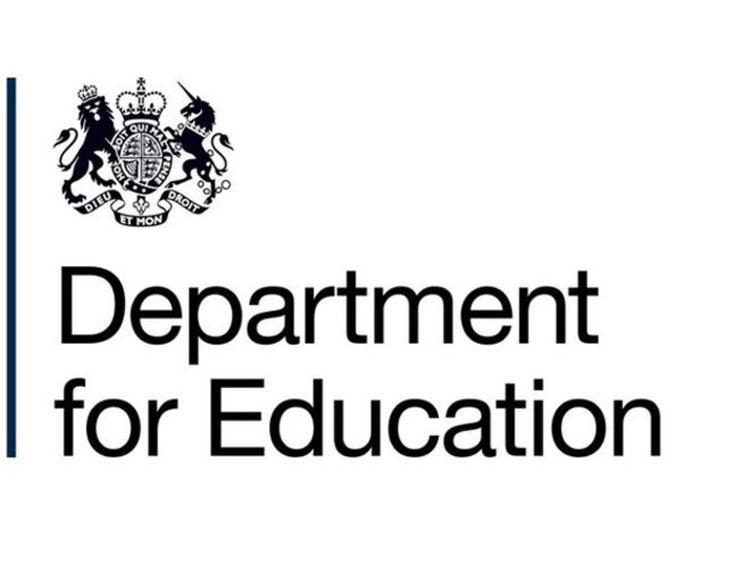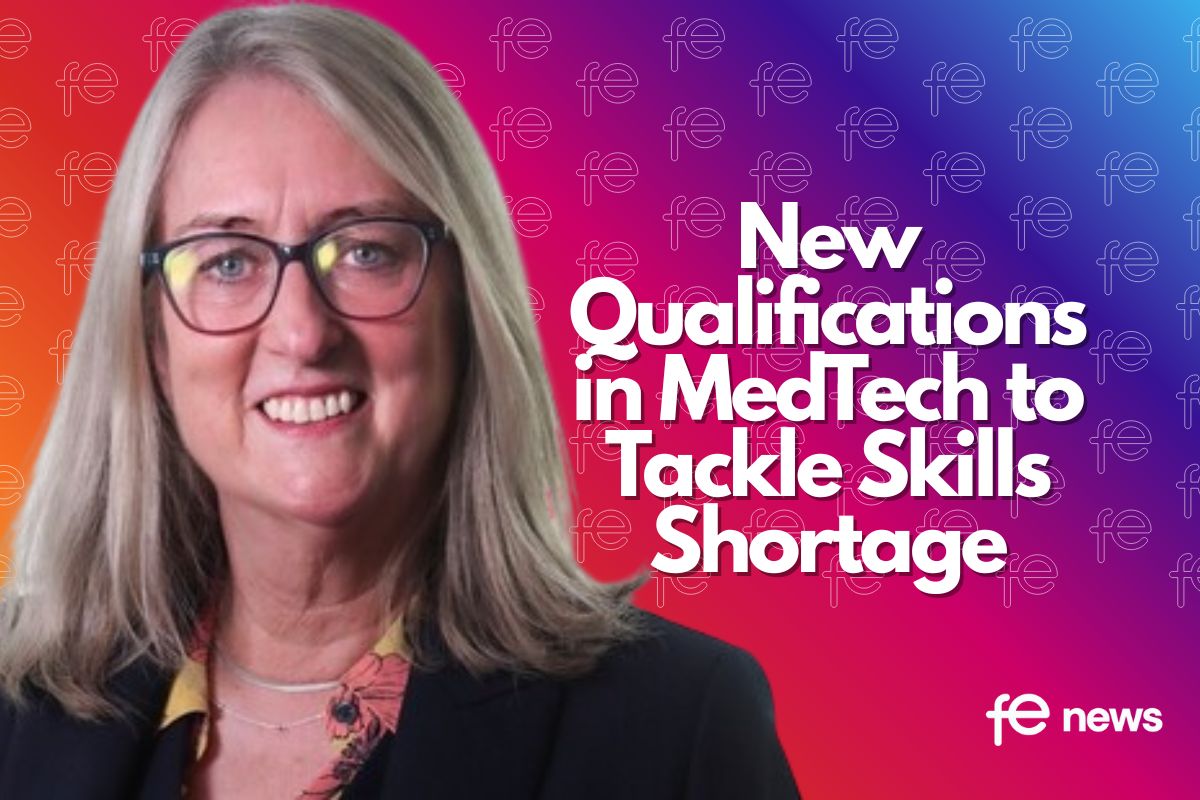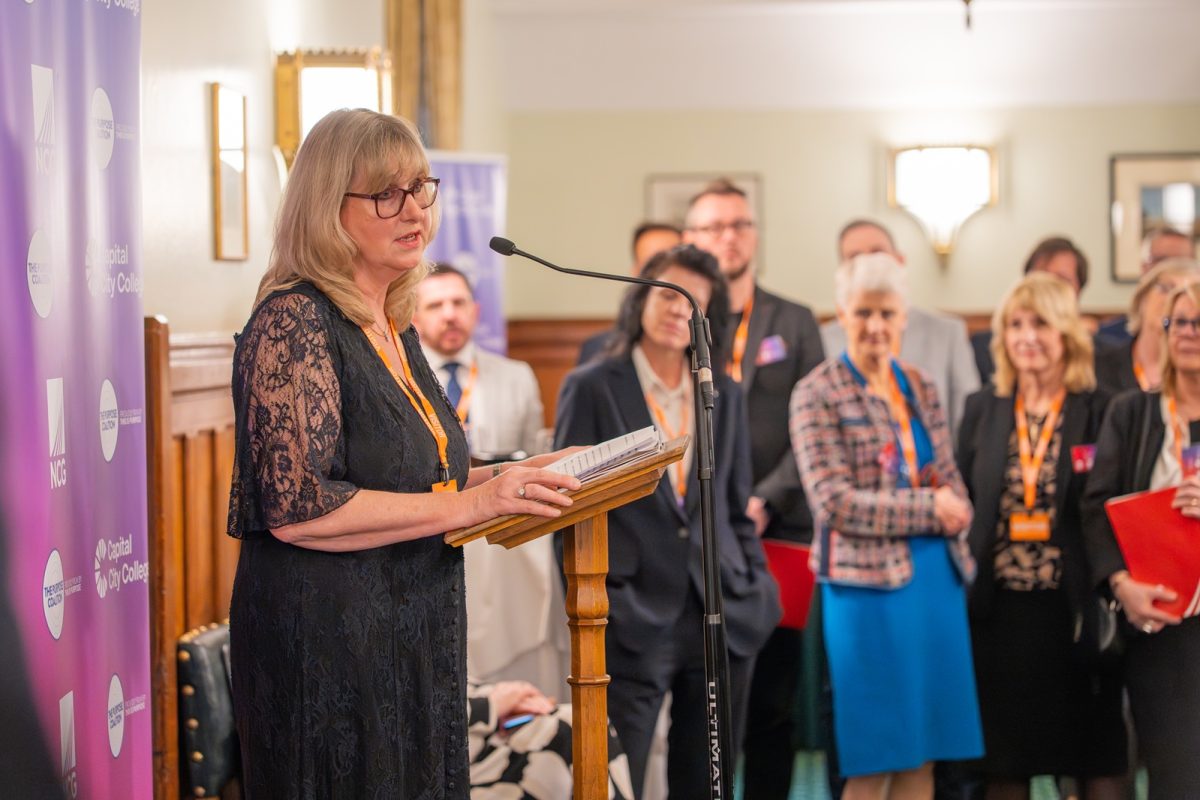Pupil performance in GCSEs and A levels

Provisional statistics
Today (12 Oct), DfE published provisional statistics that show pupils have performed well in the reformed GCSEs and A levels. The statistics show high numbers of pupils from 2014/15 have also progressed onto further or higher education successfully.
In summary, the statistics illustrate:
- The number of students entering at least four of the five subjects which are part of the English Baccalaureate (EBacc) – maths, English, sciences, humanities and modern foreign languages (MFL) – have increased by 6.2 percentage points this year up to 43.7 per cent in 2017 from 37.5 per cent in 2016.
- Schools have recorded good results in the new GCSEs in English language, English literature and maths as 42.2 per cent of pupils achieved grades 9-5. 63.3 per cent of pupils achieved a grade 4 and above in the reformed GCSEs.
- Although the numbers are relatively small, pupils at converter academies and free schools continue to perform above the state-funded school average. Eight out of the 10 top performing schools are either academies or free schools and their average Attainment 8 score is 4 points and 2.2 points higher respectively than local authority mainstream schools this year. The Progress 8 figures at these schools are also slightly higher.
- The proportion of pupils entering at least one science GCSE increased to 91.2 per cent in state-funded schools in 2017, an increase of 4.5 percentage points compared to equivalent data in 2016.
- Figures show that 94 per cent of pupils were in sustained education, employment or training in the year after completing their GCSEs, demonstrating that the commitment to raise the participation age to 18 has been a success.
- Students from a disadvantaged background who achieved top A level grades were just as likely to attend a top university as their counterparts from more affluent backgrounds.
 School Standards Minister Nick Gibb said:
School Standards Minister Nick Gibb said:
These are excellent GCSE and A level results. Increasing numbers of pupils are taking core academic subjects. Since 2010, the proportion of pupils taking GCSE science has risen from 63 per cent to 91 per cent and 21 per cent more students are studying maths at A level – which remains the most popular A level.
The fruits of the government’s reforms are best seen in the performance of free schools and academies, which have achieved some outstanding Progress 8 scores. They account for eight of the top 10 performing schools in the country. Often serving areas of significant disadvantage, these schools show that a rigorous curriculum and a strong behaviour ethos is crucial to driving up academic standards in all parts of the country.
Please find a link to the statistics here:











Responses